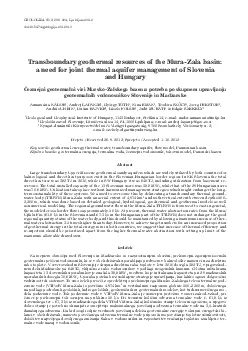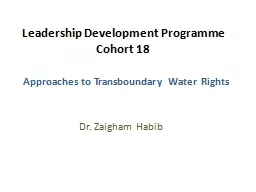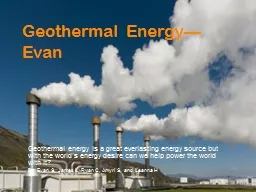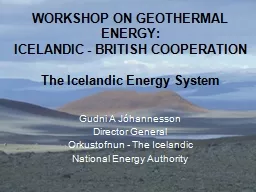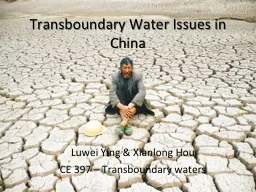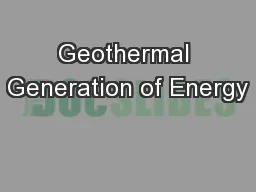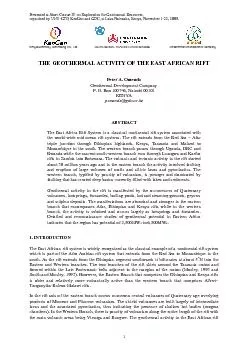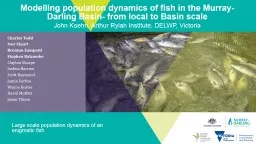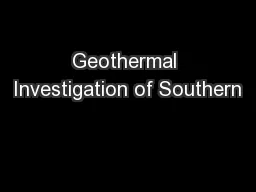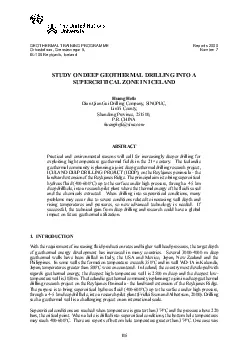PDF-Transboundary geothermal resources of the MuraZala basin and Hungarye
Author : payton | Published Date : 2021-08-25
210IntroductionGrowing energy demand restricted reserves of fossil fuels and efforts to reduce greenhouse gation of climate change effects made clear that within
Presentation Embed Code
Download Presentation
Download Presentation The PPT/PDF document "Transboundary geothermal resources of th..." is the property of its rightful owner. Permission is granted to download and print the materials on this website for personal, non-commercial use only, and to display it on your personal computer provided you do not modify the materials and that you retain all copyright notices contained in the materials. By downloading content from our website, you accept the terms of this agreement.
Transboundary geothermal resources of the MuraZala basin and Hungarye: Transcript
Download Rules Of Document
"Transboundary geothermal resources of the MuraZala basin and Hungarye"The content belongs to its owner. You may download and print it for personal use, without modification, and keep all copyright notices. By downloading, you agree to these terms.
Related Documents

